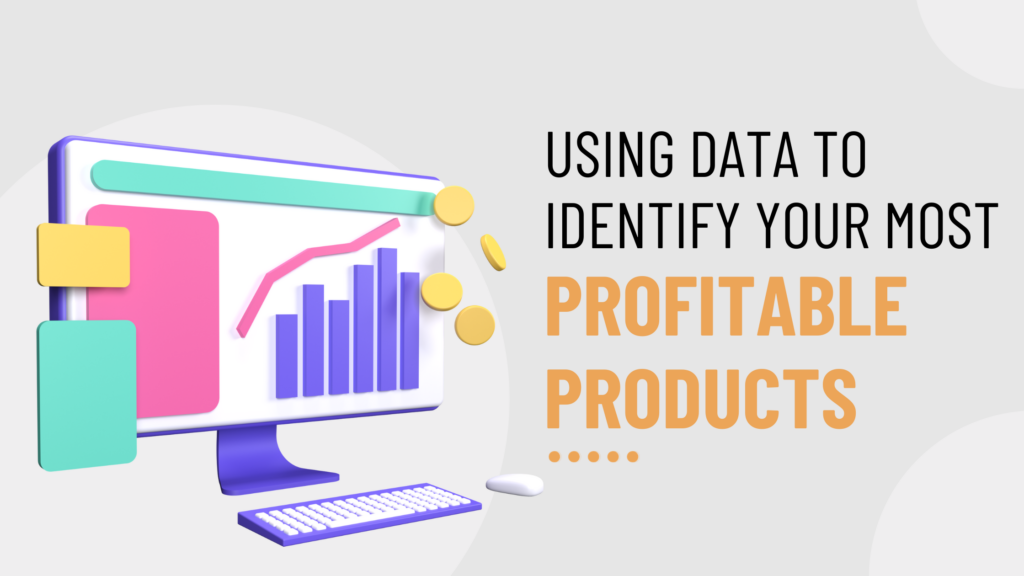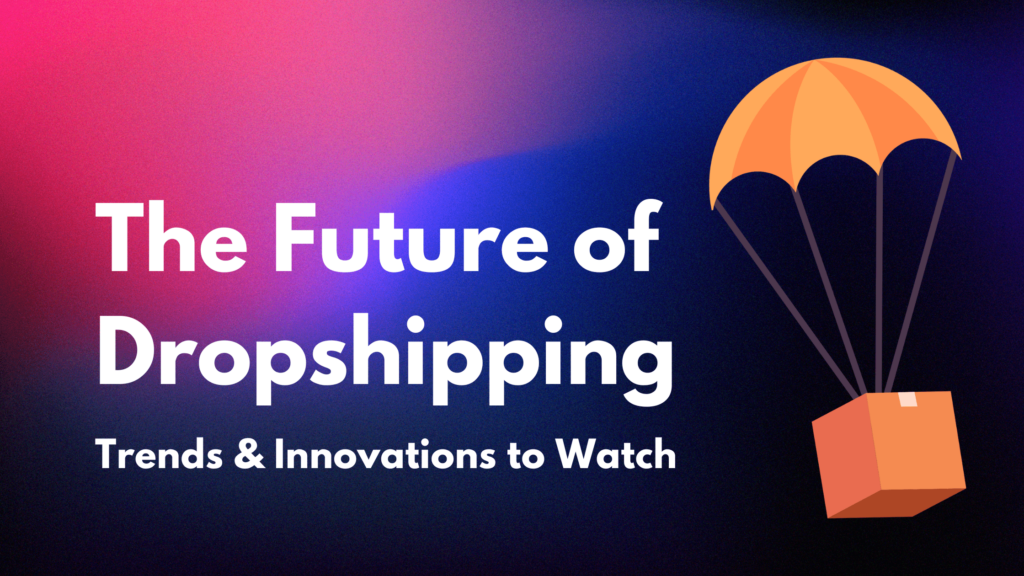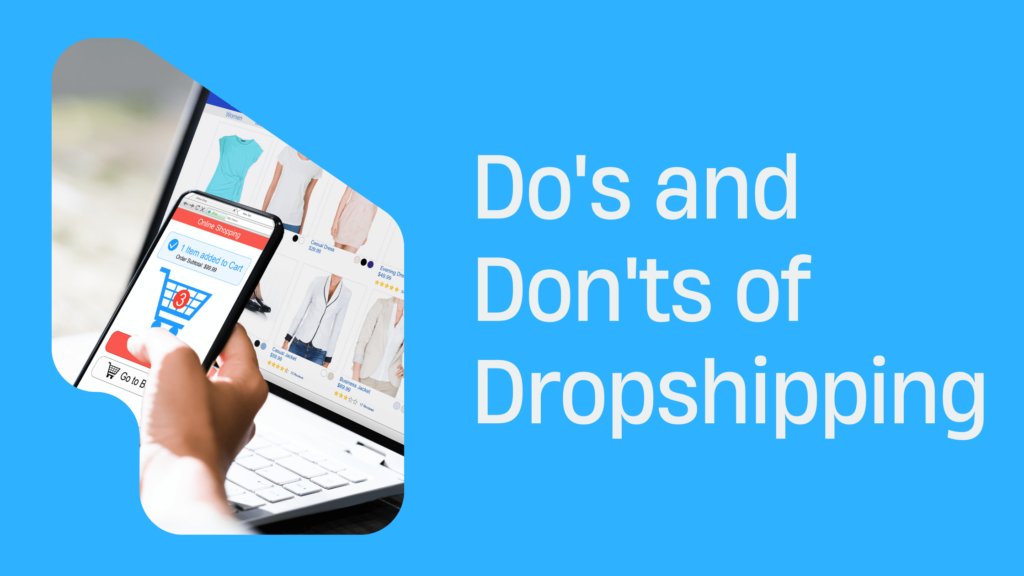Using Data to Identify Your Most Profitable Products
In today’s e-commerce battlefield, smart choices and understanding data separate the winners. The landscape changes rapidly, and your skill to use data analytics, keep up with social trends, and size up the competition is key.
Ready to step up your game?
Let’s jump right into the practical tactics that will improve your method and push your business ahead.
The Growing Significance of E-Commerce and the Role of Data
As the digital marketplace grows, e-commerce is quickly becoming the main part of retail.
The numbers are striking: projections show e-commerce sales are on track to hit $1.8 trillion by 2025.
With online purchases expected to make up 95% of all retail transactions by 2040, it’s clear that e-commerce is not just a trend but a fundamental change in how sales are made and how businesses work.
The importance of e-commerce is more than just sales numbers; it’s reshaping the retail landscape, with data playing a pivotal role. This shift is not solely about bringing products to an online platform; it’s about understanding and acting on consumer behavior, inventory management, and financial health through data analysis.
The E-Commerce Boom
The acceleration of e-commerce is fueled by many factors working together.
Better internet connectivity, simplified checkout processes, and the convenience of mobile shopping make it easier for customers to purchase online.
The global pandemic has further sped up this shift, as consumers turned to online shopping out of necessity, a behavior that will likely continue because it’s convenient.
Harnessing the Power of Data Analytics
In this rapidly growing e-commerce landscape, data analytics serves as an essential tool for businesses to understand and predict customer needs, manage inventory more effectively, and make informed financial decisions. The types of data that matter include customer behavior patterns, inventory levels, sales velocities, financial statements, and website traffic and conversion rates.
Proper analysis of this data can inform a wide range of business operations, from figuring out which products are in high demand to optimizing marketing strategies for better return on investment.
However, the huge amount of available data can be overwhelming and hard to manage without the right systems. Companies often struggle with too much data, which can lead to missed opportunities and ineffective strategies.
The key to overcoming these challenges is streamlining data collection and analysis.
Creating workflows and using tools that consolidate data into digestible formats allow businesses to make sense of complex information and use it to drive strategic decisions.
Monitoring Social Platforms to Identify Trends and Opportunities
Understanding the conversations happening on social media is essential for keeping your dropshipping business on the cutting edge. Social media platforms can act as a direct line to consumer interests, helping you to identify what people are talking about and what they might want to buy.
Keeping Up with Trends on Social Media
Each social media platform offers unique insights.
X (formerly Twitter) is where you can learn about the latest news and topics as they happen. If you’re interested in diving deeper into specific content, you can easily scrape and export all tweets from a user to analyze trends and engagement.
For broader trends that reflect a wider range of consumer behavior, Facebook’s extensive user base is invaluable.
Instagram and Pinterest are where visual appeal is king, making them ideal for spotting emerging styles and products.
For business-to-business insights, LinkedIn provides a window into industry discussions and corporate needs.
Knowing when to act on a trend is crucial. If a trend aligns with your brand and offers potential, acting quickly could give you an advantage.
However, if there’s uncertainty about whether the trend will last or if it fits with your brand values, it may be better to wait.
Tools like Google Trends, Hootsuite, and Social Mention offer valuable data on trends’ longevity and relevance, providing insight into whether they’re worth pursuing.
For efficient tracking of social media, management tools like Hootsuite and TweetDeck can help you monitor hashtags and conversations all in one place. Social Mention provides a quick read on the popularity and sentiment of trends, helping you decide where to focus your efforts.
Capitalizing on Influencer Marketing Opportunities
Influencer marketing connects your products with audiences through people they trust.
It’s not always the influencers with the most followers who have the most impact. Often, it’s the smaller, more focused influencers who can engage their audience more deeply.
For example, influencers with around 5,000 followers can have engagement rates considerably higher than those with larger followings.
The real measure of an influencer’s impact isn’t just in likes or comments, but in the tangible changes in your business performance.
This includes increases in website traffic, customer inquiries, and actual sales.
This is why tracking the results of influencer campaigns both before and after they run is so important.
It’s also critical not to become too dependent on influencer marketing. While it can be a powerful tool, focusing too heavily on any single marketing approach can leave your business vulnerable to changes in public opinion or influencer availability.
Instead, aim for a diverse marketing strategy that can adapt to these changes while continuing to build customer trust and loyalty.
By taking a data-driven approach to social media monitoring and influencer marketing, you can identify the best opportunities for your business and act on them with confidence.
Competitive Intelligence: Benchmarking Against Rivals
E-commerce is a competitive sport where knowing the players on the field can make the difference between winning and just playing the game. To outpace the competition, it’s vital to have a clear understanding of who you’re up against, both the big players and the smaller, innovative ones that could change the game.
Researching the Competitive Landscape
Begin by identifying those who offer the same products or services as you do. These are your direct competitors.
But also consider indirect competitors – those whose products or services could serve as a substitute for yours, even if they’re not the same.
To gauge how your competitors are doing, look at their website traffic statistics with tools like SimilarWeb, which can give you an idea of how many people are interested in what they offer.
Check their social media engagement for a sense of their brand’s reach.
Job postings can be a sign of a company growing and needing more hands on deck, and their spending on online ads can tell you how much they’re investing in attracting customers.
Watch for new companies that are making a splash or receiving significant investment. They might introduce new products or employ different strategies that attract attention and could potentially change customer expectations.
Performing a SWOT Analysis
After researching, lay out what you’ve discovered in a SWOT analysis, which stands for strengths, weaknesses, opportunities, and threats. This method helps you understand where you shine (strengths), where you need improvement (weaknesses), where you can grow (opportunities), and what could cause problems (threats).
Use your company’s sales data, customer feedback, market research, and information gathered from social listening to inform each area of the SWOT analysis.
For instance, if you find that your website isn’t attracting as much traffic as your competitors’, that’s a weakness.
If there’s a market you haven’t tapped into yet, that’s an opportunity.
Transform the insights from your SWOT analysis into actionable strategies.
For example, if you discovered a weakness in digital marketing, investing in a new advertising platform could be the solution.
If there’s an opportunity in a new market segment, consider developing a product for that specific group of customers.
Consistently applying this approach to competitive intelligence can ensure that your e-commerce business not only keeps up with the competition but sets the pace for others to follow.
Navigating Amazon, eBay and Other Sales Channels
Selling on Amazon, eBay, and other online marketplaces is an important part of dropshipping businesses looking to maximize exposure and sales. These platforms are competitive environments where data can play a pivotal role in achieving success.
Monitoring Marketplace Best Sellers and Movers & Shakers
The Best Sellers and Movers & Shakers lists on Amazon, and similar lists on eBay, are valuable for their real-time updates on what consumers are currently buying.
This data can show shifts in product demand and allow businesses to adjust their inventory accordingly.
For example, if travel accessories suddenly rank high on these lists, it could signal a seasonal increase in travel activity, prompting sellers to stock up on these items.
However, focusing solely on these lists can be risky.
If every seller targets the same trending products, the market quickly becomes saturated, lowering the potential for profit.
Also, by the time a seller notices a trend and sources the product, consumer interest may have already gone down.
Competing with Big Brands and Private Label Lines
When competing against well-known brands and private label products, making your offerings different becomes critical. This could involve competitive pricing strategies, investing in targeted advertising that highlights unique product features, or emphasizing superior customer service.
Specialization within fragmented markets—where no single company controls the majority of the market—presents significant opportunities.
It allows smaller sellers to become trusted voices within specific niches.
For example, focusing on eco-friendly household products could attract a dedicated customer base that values sustainability, setting you apart from competitors who offer a broader but less specialized product range.
In navigating these changing sales channels, the goal is to use marketplace data strategically, identifying opportunities for differentiation and specialization that align with your business strengths and customer interests. This approach helps maintain a competitive edge in the crowded and ever-evolving e-commerce landscape.
Delivering Value Through Customer-Focused Product Offerings
One of the keys to success is not simply to sell products but to provide items that truly resonate with what customers want and need. This customer-centric approach involves tapping into a wealth of data to tailor your offerings and deliver genuine value that fosters customer loyalty and sets you apart from the competition.
Getting Inside the Mind of the Customer
Tapping customer data is like listening to a conversation.
You can gather what customers are actively searching for through tools like Google Trends and by analyzing which product reviews get the most engagement.
Say a particular brand of wireless headphones receives a high volume of positive reviews for its long battery life.
This information signals that long battery life is a valuable feature to customers shopping for headphones.
To add another layer of insight, surveys and focus groups can provide direct feedback from customers.
For example, if you’re selling kitchen appliances, a survey might reveal that a significant number of customers are looking for energy-efficient options.
This kind of voice-of-the-customer data is invaluable for guiding product development and marketing.
Observing how customers shop on your e-commerce site offers yet another perspective. By reviewing which products are frequently added to carts or if there are any common items that are often purchased together, you can adjust your inventory to better match buying behaviors.
Curating Products That Stand Out
Bundling products can increase their appeal and value in the eyes of customers. For instance, if the data shows that customers who buy planners often search for high-quality pens, offering these items together as a package deal can be more attractive than selling them separately.
Identifying and focusing on niche markets allows you to cater to specific customer groups with precision.
Consider a business that specializes in gear for photographers. By offering top-quality lenses, camera bags, and tripods specifically designed for photographers, the business can become a go-to source for this particular community, leading to stronger customer relationships and repeat business.
Maximizing Profits While Minimizing Risks
In e-commerce, profitability depends on strategic choices and controlled risk-taking.
Every business model comes with its own set of advantages and potential problems.
Understanding these can help you steer your business toward success without unnecessary exposure to risks.
Operating Models for High-Margin Products
Private labeling allows you to sell products under a brand you create. This can lead to higher profit margins because you control pricing.
However, it requires significant investment upfront for branding and product creation, and there’s the risk of unsold inventory if the products don’t meet market expectations.
Retail arbitrage involves buying discounted products from retailers and reselling them at a higher price.
This model demands less initial investment and offers flexibility in purchasing.
The downside is the potential for lower profit margins due to intense competition, and the success often depends on short-term market trends.
Wholesaling, where you buy products in bulk at a lower cost per unit, can yield better margins when sales volumes are high. However, this approach requires you to manage a large inventory, which can become a liability if the demand for these products goes down.
Lean Startup Methodology through Drop Shipping
Now, let’s talk about drop shipping. It’s a method that lets you launch new products without the baggage of heavy inventory or upfront costs. You’re not betting the farm on a hunch. Instead, you’re testing the waters to see if there’s a real demand for your products.
The beauty of drop shipping lies in its flexibility.
You’re not locked into stock; you can swiftly adjust to what your customers are clamoring for.
It’s about staying lean and mean, using real-time data to make moves that count.
Leveraging a service like Inventory Source can turn this into a well-oiled machine for your business. You get access to a network of suppliers, and the platform syncs with your e-commerce setup to automate the grunt work of inventory management.
This frees you up to focus on what you do best—selling products that your customers love.
By adopting the right operating model and employing a lean strategy through drop shipping, you can keep your e-commerce venture nimble, profitable, and ahead of the curve.
Closing Comments
E-commerce success depends on using data wisely. Whether you’re noticing social media trends, judging competitors, or making sure your products are right, data guides your choices.
To move ahead, find a system that makes inventory management easier and connects you with good suppliers. Take the main ideas from this article and turn them into a clear plan that grows your business.
Use the tactics we’ve talked about to keep your advantage and expand your online presence.






